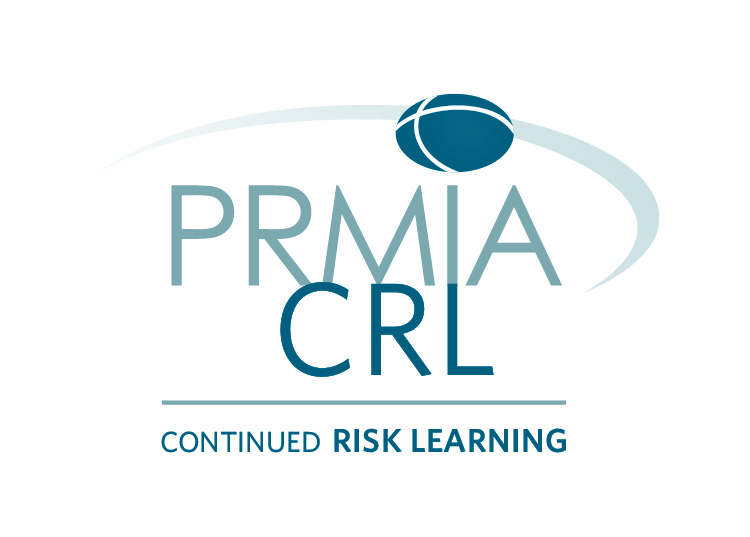
Presented By:
Valentin Dendoncker, PhD
Consultant, Reacfin

Date:
December 9, 2020

Time:
10:00 a.m. - 11:00 a.m. EST
3:00 - 4:00 p.m. GMT

Session Length:
60 minutes
In insurance and banking sectors, one important task consists in assessing the risk taken by the companies. This can be achieved by means of a risk measure, such as the Value-at-Risk (VaR) for instance. For banks, this measure has been introduced in the Basel Capital Accord (Basel 1) since 1996 for the computation of the market risk in internal models. However, the financial crisis of 2007-09 highlighted some deficiencies of the VaR. Consequently, the Basel Committee proposed in 2013 to shift from the VaR to the Expected Shortfall (ES) for the internal models approach (IMA), which is now part of the new standards for the minimum capital requirements for market risk. While the move from the VaR to the ES seems wise, the ES also brings some new challenges regarding the (comparative) backtesting, which will be discussed during the webinar.
Highlights:
- Some reminders about Value-at-Risk and Expected Shortfall
- Comparative backtesting and introduction to the notion of elicitability
- Comparative backtesting of Value-at-Risk and Expected Shortfall
- Practical application and case study
| About Our Expert |
|
|
|
|
|
.jpg) |
|
Before joining Reacfin, a Belgian consulting firm in actuarial science and quantitative finance, Dr. Valentin Dendoncker worked as a teaching assistant in mathematics and as a member of the research center in geometry, physics and probability at the UCLouvain (Université catholique de Louvain), where he completed his PhD in science and his Master's degree in actuarial science. He is now a member of the Risk and Finance Center at Reacfin.
|
|
| Continued Risk Learning Credits: 1 |
 PRMIA Continued Risk Learning (CRL) programs provide you with the opportunity to formally recognize your professional development, documenting your evolution as a risk professional. Employers can see that you are not static, making you a highly valued, dynamic, and desirable employee. The CRL program is open to all Contributing, Sustaining, and Risk Leader members, providing a convenient and easily accessible way to submit, manage, track and document your activities online through the PRMIA CRL Center. To request CRL credits, please email [email protected].
PRMIA Continued Risk Learning (CRL) programs provide you with the opportunity to formally recognize your professional development, documenting your evolution as a risk professional. Employers can see that you are not static, making you a highly valued, dynamic, and desirable employee. The CRL program is open to all Contributing, Sustaining, and Risk Leader members, providing a convenient and easily accessible way to submit, manage, track and document your activities online through the PRMIA CRL Center. To request CRL credits, please email [email protected].
| |
Registration |
|
| |
Membership Type |
Price |
|
| |
|
|
|
| |
Members (Sustaining, Corporate, RIM & Contributing)
|
COMPLIMENTARY |
|
| |
Non Member |
$30 USD
|
|
| |
|
|
|
If this is your first time accessing the PRMIA website you will need to create a short user profile to register. Save on registration by becoming a member.